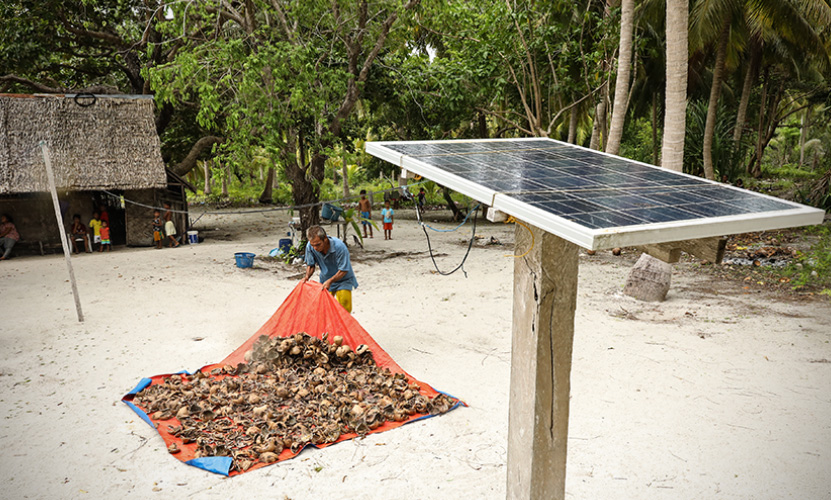
The Senate Committee on Energy chaired by Senator Win Gatchalian has grilled the Department of Energy (DOE) on the status of electrification of the country as the committee started the hearing on a bill that will spur microgrid development in unserved and underserved areas nationwide.
During the hearing of Senate Bill No. 175 or The Microgrid Systems Act, Gatchalian and members of the Senate Committee on Energy quizzed Mario Marasigan, director of the DOE – Electric Power Industry Management Bureau (EPIMB), on updates regarding the progress of the DOE’s electrification program.
Gatchalian made the query after he pointed out that the DOE had yet to submit its comprehensive rollout plan in pursuing the country’s total electrification agenda, despite the agency’s promise to provide them with concrete data during the previous hearings in the 17th Congress on the government’s electrification program in April and August 2016.
“One of the most important reasons for the Department’s existence is to make sure that electricity is available in all of our household,” Gatchalian said. “And the target is 2022. Kung wala tayong strategy, hindi natin makakamit ang 2022.”
“2022 is fast approaching. Pinag-uusapan natin ito [total electrification program] since 2018. We are waiting for your commitment but 2022 is fast approaching. We need to have that kind of strategy and we need that kind of budget,” he further stressed.
As of December 2017, a total of 2,399,108 of unserved households were not connected to the power grid, equivalent to 16% of households in the entire country. The majority of this number are found in Mindanao (1,345,116 households), while Luzon and the Visayas share the remaining half (529,952 and 524,040 households, respectively).
“Dahil inidentify niyo through different categories kung ano yung mga communities na walang kuryente and what type of technologies ang gagamitin for these communities. The next is how to reach those communities and how much do you need in order to reach those communities. Yun ang missing link ngayon,” Gatchalian told DOE officials.
“The director had been appearing before the hearings of this committee and had been telling us that you’d have a strategy. But until now, we really need a commitment from the Department of total electrification,” the lawmaker pointed out.
Gatchalian believes SBN 175 will address the acceleration of total electrification and the provision of reliable electricity service in unserved and underserved areas, as it paves the way for the installation of microgrid systems by accredited Microgrid Service Providers (MSPs).
“This bill is meant to address the legal gaps, as well as policy gaps, in terms of nationwide total electrification program of the government,” he said.
In a nutshell, the Microgrid Systems Act aims to provide reliable electric services to every household in the country and accelerate total electrification in areas with no electricity access, no distribution system lines, no home power systems, or no connection to any microgrid, or receive less than 24 hours of electricity service.
The bill also creates a streamlined process for MSPs with clear timelines and stiff sanctions for bureaucratic red tape and delay. It also removes the requirement of obtaining waivers from incumbent franchised utilities for MSPs to provide electricity in unserved and underserved areas.
Gatchalian said generation companies, distribution utilities, retail electricity suppliers, or their respective subsidiaries or affiliates may engage in the business of MSPs in unserved and underserved areas, provided that a separate account is maintained for such business undertaking.


